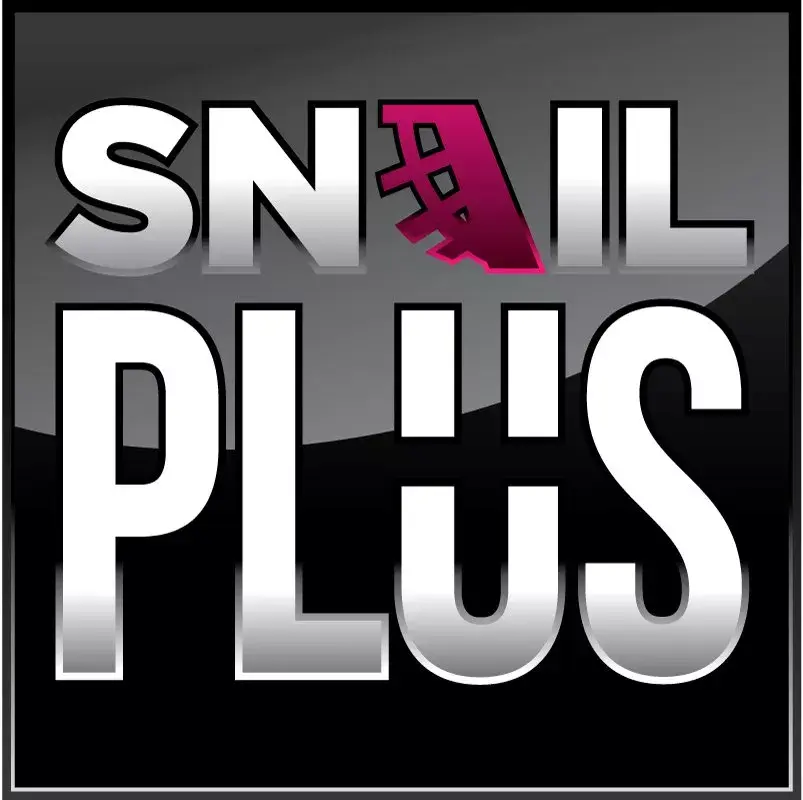Shoring design - Excavation shoring design
- deepexcavation
- Oct 4, 2023
- 3 min read
Updated: Nov 10, 2023
Shoring is a term used to describe a system that functions to retain earth, water, and adjacent structures when an excavation is required. Shoring design can be a very complicated matter. The designer has to content with many unknowns and factors that influence the behavior of the excavation shoring. Typically, there are two systems in excavation shorings that must be designed: A) the Earth Retention System that contains the earth i.e. the support wall (sheet pile, diaphragm wall, etc.), and b) the Support System (i.e. the internal or external bracing such as rakers, struts, or tiebacks) that supports the earth retention system.
Performing detailed calculations for both systems can be a very time consuming process, especially when parameters have to be changed. In addition, many current software programs do not offer an integrated platform of structural and geotechnical analyses required to design shoring excavations. As a result, the designer is forced to use numerous software programs to analyze the excavation and the structural system seperately.
With the exception of finite element analyses, there are very few theoretical solutions for calculating lateral soil pressures from complex surface profiles. Furthermore, the designer has to save under different filenames different stages for the same excavation. As a result, the whole process can become unescessarily complicated and time consuming.
DeepXcav addresses most of these issues and provides an integrated structural and geotechnical platform for designing deep excavations.
Shoring can be designed with both traditional and non-linear methods of analyses. While it is realized that traditional methods of analysis have obvious limitations in predicting real behavior accurately, they are important for framing the problem and providing a back-check for more rigorous finite element methods.

Figure 1: Shoring design example of a shoring system using a soldier pile wall supported by tiebacks (New York)
a) Earth - Water presssures in retaining wall design
Before all, a designer has to appropriately select the type of lateral earth pressures that are expected to act on the wall. For most retaining walls active or at-rest earth pressures are appropriate. Passive soil resistance should be used with caution. The possibility of including water pressures has to be considered if sufficient drainage is not provided.
In the USA, depending on the design approach, some design codes (LRFD) apply safety factors that multiply each pressure by a safety factor.
In Europe, a strength design approach is applied where soil strength is divided by safety factors and loads are multiplied according to their nature (temporary and permanent). Each method has its benefits and its shortcomings.
b) External Stability checks in shoring design
External stability checks refer to calculations that represent the overall stability of the shoring system. Two calculations are typically performed:
b1) Passive resistance of shoring systems:
This calculation considers the available earth resistance in the horizontal direction below the excavation.
Factor of safety sliding = Resisting horizontal forces / driving horizontal forces
For temporary conditions a safety factor of atleast 1.2 is required.
b2) Moment - rotational stability of shoring systems:
This type of calculation considers the stability of the shoring for rotational failure of the wall.
Factor of safety overturning = Resisting moments / driving moments
Under normal conditions a safety factor of atleast 1.5 is required.
c) Bearing Stability in shoring wall design:
In all cases a retaining wall has to be founded in some kind of base material (be that rock or soil). When a retaining wall is based on soil the bearing stability tends to be more critical. The first task in this check is to properly compute bearing stresses on the toe and heel of the wall. The reason why bearining stresses have to be computed on both sides is because the overturning causes increased stresses in the toe and reduced stresses on the heel base.
The bearing stresses have to be examined againgst the permissible bearing stresses and a minimum safety factor of 3.0 is typically specified. Using such a high safety factor typically ensures that wall settlements are kept within acceptable levels. Otherwise detailed settlement alculations are required if settlement control is critical.
d) Global stability in for shoring design:
Another item of concern is the overall global stability of the excavation. In some cases, while the other checks yield acceptable factors the wall might be succeptible to an overall rotational type failure that extends well below the retaining wall itself. Such a failure mode is most commonly accounted in hillsides where weaker soil zones exist or when a soft geomaterial is found below the wall base.
e) Structural checks in a shoring system:
Once a stability checks are satisfactory then one can design the actual individual shoring components. For concrete retaining walls this involves the proper sizing of longitudinal and shear reinforcement if required.
Solutions for Geotechnical Engineering Professionals:

DeepEX: Deep Excavations Design Software

DeepFND: Pile Foundations Design Software

HelixPile Helical Piles Design Software




